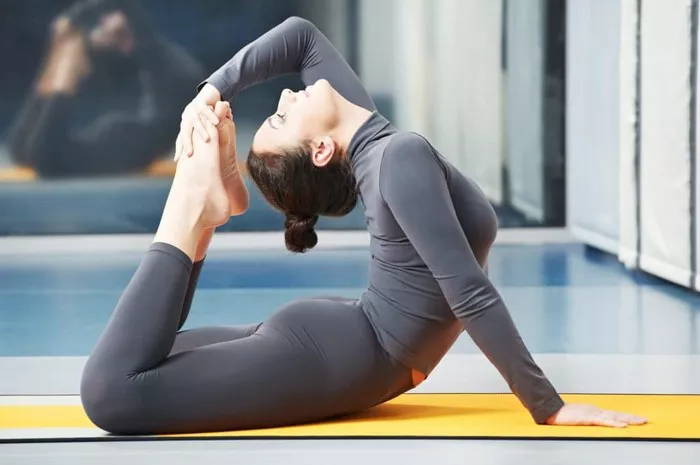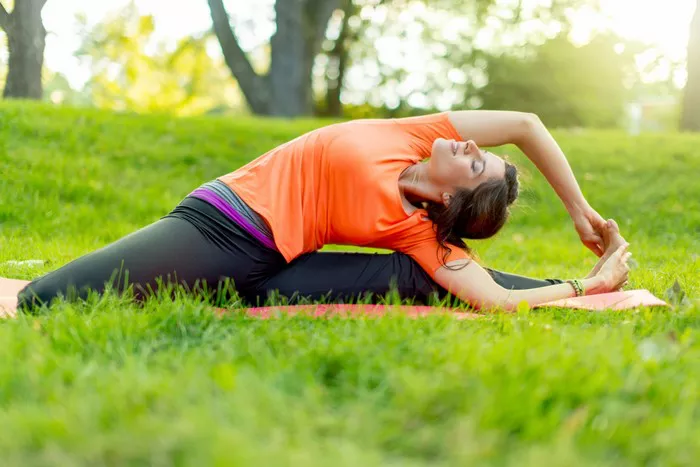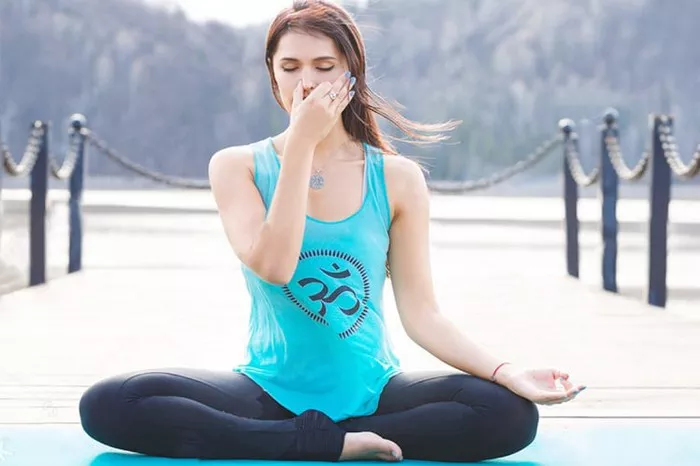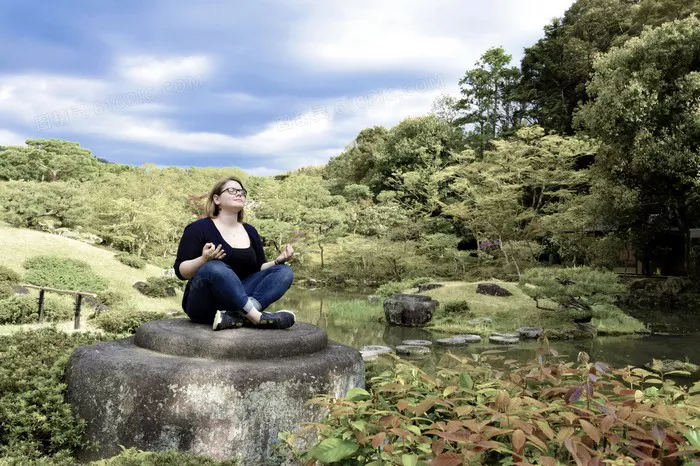Yoga is an ancient practice that has evolved over thousands of years, offering a variety of poses that focus on strength, flexibility, balance, and mental clarity. Among the many asanas (poses) practiced in yoga, Pigeon Pose (Eka Pada Rajakapotasana) is often celebrated for its deep hip opening and restorative benefits. However, whether Pigeon is truly a restorative pose is something that requires careful consideration. This article delves into the various aspects of Pigeon Pose, exploring its restorative qualities, potential challenges, and how it can be integrated into a yoga practice.
What is Pigeon Pose?
Pigeon Pose is a widely practiced asana that targets the hips, glutes, and lower back. It involves bringing one leg forward with the knee bent in front of the body, while the other leg extends straight behind the practitioner, with the hips square and aligned. The torso folds forward, either supported by the arms or resting on the floor, creating a deep stretch in the hip flexors, glutes, and lower back.
While the pose may vary slightly depending on the school of yoga or the level of practice, the fundamental intention behind Pigeon Pose is to release tension and tightness in the hip area, which is a common source of discomfort and stress for many individuals.
What Does “Restorative” Mean in Yoga?
Before we evaluate whether Pigeon Pose qualifies as restorative, it’s important to understand what “restorative” yoga entails. Restorative yoga is a gentle and passive practice aimed at promoting relaxation and healing. The emphasis is on long-held poses, supported by props such as blankets, blocks, and bolsters, to allow the body to fully relax into the stretch. Unlike more active forms of yoga, restorative poses are designed to activate the parasympathetic nervous system, which encourages deep relaxation, reduces stress, and improves overall well-being.
The poses in restorative yoga are generally held for a longer duration (5-20 minutes) with minimal effort, allowing the body to release tension without overexertion. Breath awareness is key in restorative yoga, and practitioners are encouraged to focus on slow, deep breathing to enhance the calming effects of each pose.
The Benefits of Pigeon Pose
Pigeon Pose is known for its many physical and mental benefits. Below are some of the key advantages of practicing Pigeon Pose regularly:
Hip Opening: One of the primary benefits of Pigeon Pose is its ability to deeply open the hips. The hips are an area where tension and tightness tend to accumulate due to prolonged sitting, poor posture, and stress. By stretching the hip flexors and releasing tension in the surrounding muscles, Pigeon Pose can help increase flexibility and mobility in the hip joints.
Lower Back Relief: The stretch in the hips and glutes can also help alleviate discomfort in the lower back. When the hips are tight, they can pull on the muscles of the lower back, causing pain and stiffness. By opening the hips and improving flexibility, Pigeon Pose can provide relief to those suffering from lower back tension.
Stress Relief and Relaxation: While not typically considered a “restorative” pose in the traditional sense, Pigeon Pose does have stress-relieving benefits. The deep stretch encourages the release of pent-up tension, which can lead to a reduction in overall stress levels. Additionally, the act of folding the torso forward in Pigeon Pose can stimulate the parasympathetic nervous system, helping to promote a sense of calm and relaxation.
Improved Posture: Regularly practicing Pigeon Pose can help improve posture by releasing tightness in the hip flexors and lower back. These areas are often affected by poor posture, especially for individuals who sit for extended periods throughout the day. By improving flexibility in these muscle groups, Pigeon Pose can encourage a more aligned and balanced posture.
Mental Clarity: Like many yoga poses, Pigeon Pose encourages mindfulness and deep breathing. As practitioners hold the pose and focus on their breath, they may experience a sense of mental clarity and calmness. This can lead to improved concentration and a sense of emotional balance.
Is Pigeon Pose a Restorative Pose?
The answer to whether Pigeon Pose is truly a restorative pose is not entirely straightforward. While the pose offers numerous physical and mental benefits, there are several factors that need to be considered before labeling it as “restorative.”
The Intensity of Pigeon Pose
Pigeon Pose is often categorized as a deep stretch, especially for individuals with tight hips or lower back muscles. For many people, holding Pigeon Pose can be quite intense, especially if the muscles are stiff or tense. This intensity may create discomfort rather than the deep relaxation typically associated with restorative yoga.
In restorative yoga, the focus is on relaxation, which often requires supported poses where gravity does much of the work. Pigeon Pose, on the other hand, often requires active engagement in the muscles, especially the core and hip flexors, to maintain proper alignment. This active engagement may not allow the body to fully relax into the stretch as is typical in restorative practices.
Potential for Overstretching
Another consideration when evaluating whether Pigeon Pose is restorative is the potential for overstretching. Some practitioners may attempt to deepen the stretch too aggressively, which can lead to strain or injury, particularly in the hip flexors or lower back. While restorative poses are meant to be gentle and relaxing, Pigeon Pose can be challenging for those who are new to yoga or those with limited flexibility.
To make Pigeon Pose more restorative, it’s important to approach the pose with patience and mindfulness. Using props such as blocks or blankets for support can help reduce the intensity of the stretch and provide a more relaxed experience. For example, placing a block under the hips to elevate them can help maintain better alignment and relieve strain on the lower back. Additionally, using a bolster or cushion to support the torso can allow for a more gentle, restorative version of the pose.
Modifications for a Restorative Approach
While traditional Pigeon Pose may not always qualify as a restorative pose, it is possible to modify it to create a more supportive and relaxing experience. Here are a few modifications that can help turn Pigeon Pose into a more restorative practice:
Use Props for Support: Placing a block or cushion under the hips or torso can help alleviate pressure and provide support for a more relaxed version of Pigeon Pose. This can prevent the body from feeling like it is working too hard to maintain the position.
Lower the Intensity: Rather than trying to push the stretch to its maximum, practice Pigeon Pose with a gentler approach. Focus on releasing tension gradually, and listen to the body to avoid overstretching.
Focus on the Breath: As with any restorative practice, the breath is a key element. Deep, slow breathing can help activate the parasympathetic nervous system, promoting relaxation and reducing stress.
Hold the Pose for Longer: In restorative yoga, poses are typically held for 5 to 20 minutes. While Pigeon Pose is often held for a shorter duration, allowing the body to relax and release tension gradually can make it a more restorative experience.
Restorative Pigeon on Your Back: For those who find the traditional Pigeon Pose too intense or challenging, a modified version on the back can be used. Lying on your back, you can place one ankle over the opposite knee and gently press the knee away from the body, allowing the hips to open without the weight of the torso pushing forward. This version is much more gentle and accessible.
Conclusion
Pigeon Pose is a powerful and effective asana for opening the hips, relieving lower back tension, and improving flexibility. However, while it offers many physical and mental benefits, it is not traditionally considered a restorative pose in the sense that it does not always encourage deep relaxation or require minimal effort.
That said, Pigeon Pose can certainly be adapted to fit a restorative yoga practice. By using props for support, lowering the intensity of the stretch, and focusing on deep breathing, it is possible to transform Pigeon Pose into a restorative experience. For practitioners looking for a gentle and calming version of Pigeon Pose, modifications can make this pose an excellent addition to a restorative yoga routine.
Ultimately, whether Pigeon Pose is restorative or not depends on how it is practiced. With mindful attention to the body’s needs and a focus on relaxation, it can be a deeply soothing and beneficial pose.
Related Topics:
























